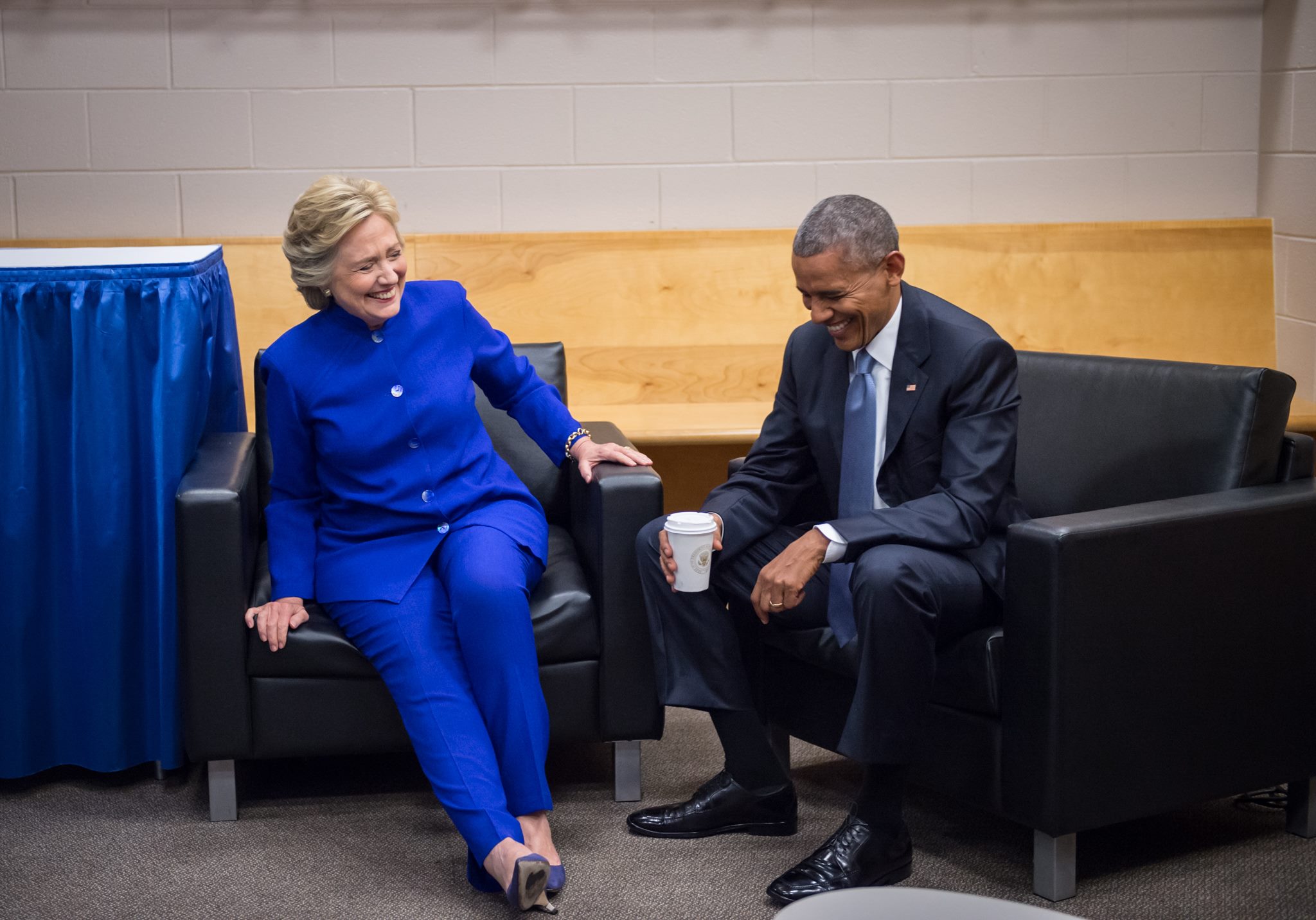Robert Romano: Will Stalled Economy Stop Hillary Clinton?
OR WILL BARACK OBAMA’S ABYSMAL ECONOMIC LEGACY ENDURE? || By ROBERT ROMANO || “The truYou must Subscribe or log in to read the rest of this content.
OR WILL BARACK OBAMA’S ABYSMAL ECONOMIC LEGACY ENDURE?
|| By ROBERT ROMANO || “The tru
